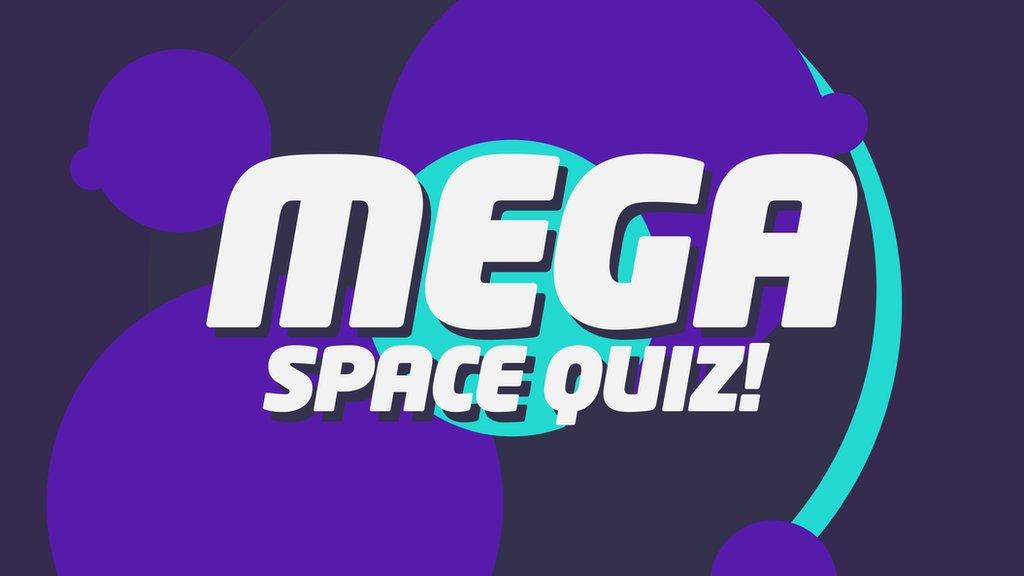How will the International Space Station come back to Earth safely?
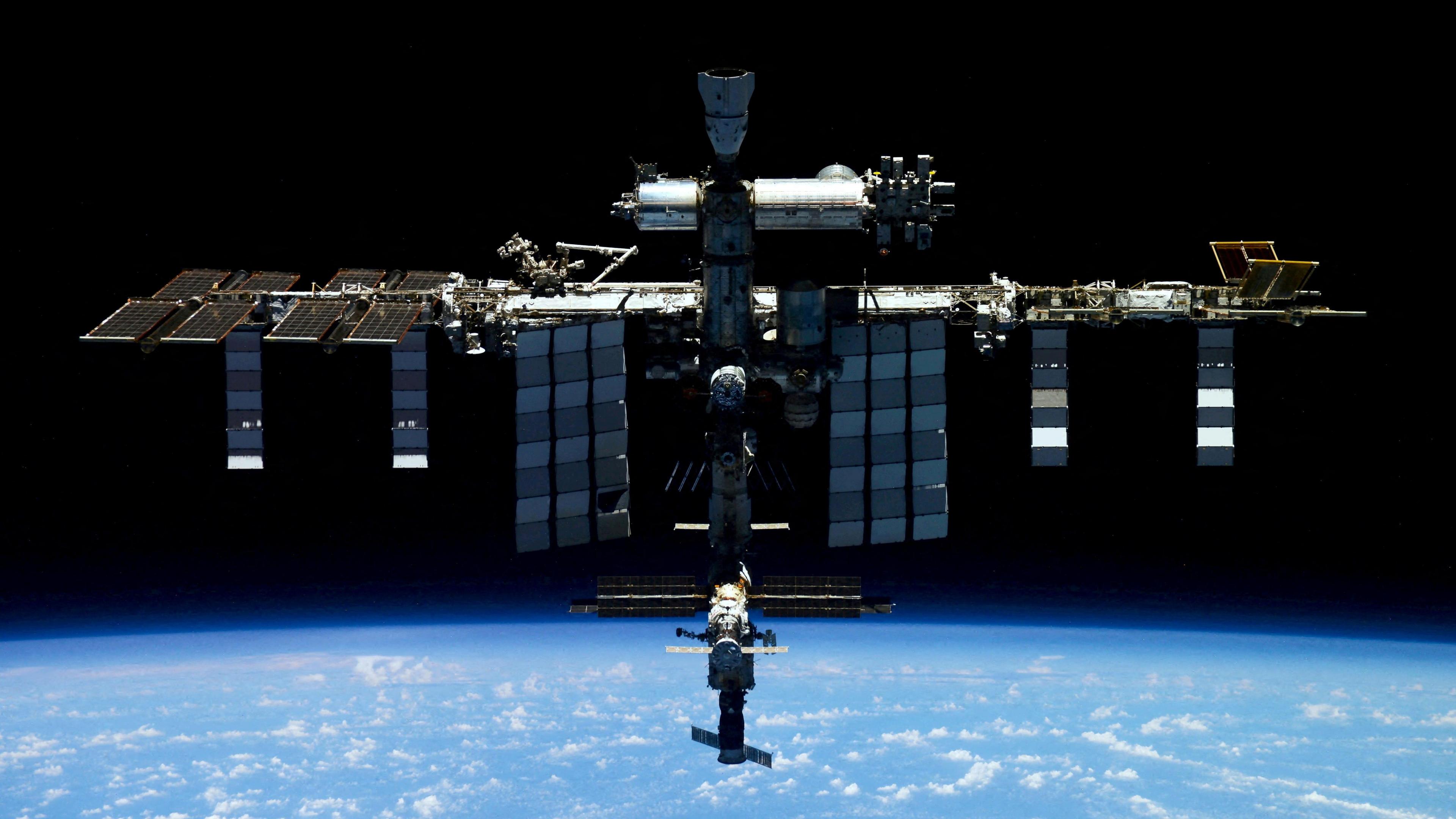
After decades in space the ISS will be coming back down to Earth from 2030
- Published
Building a floating laboratory in space. It may have sounded like an out of this world idea when it was first approved by the US government in 1984 but after decades of research and work between countries around the world, the International Space Station (ISS) was created.
The first parts were launched in 1998 and it has been continuously lived in since 2000 - this is the longest continued human presence in space.
While everything is still in working order at the moment, plans need to be put in place to make sure it's safely taken apart in 2030.
For this, Nasa has selected Elon Musk's SpaceX company to bring down the ISS by using a form of tugboat for its safe return to Earth.
More space stories
Caught in 4k: Start-up wants to show Earth in ultra-HD
- Published21 March 2024
2024 in Space: Missions to the Moon and Mars. Video, 00:02:26
- Published9 January 2024
Family takes legal action against Nasa over space junk
- Published25 June 2024
What work is carried out on the International Space Station?
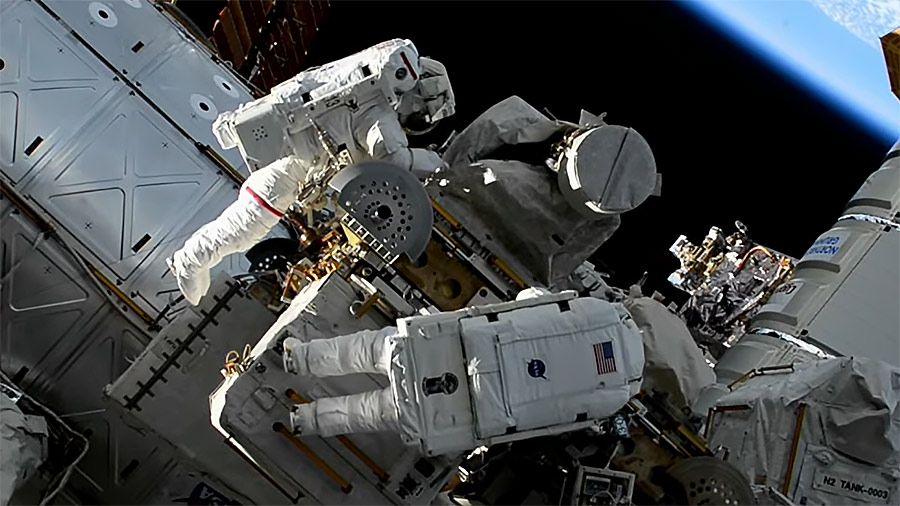
Space walks are carried out by astronauts so maintenance work can be done on the station
Astronauts (people trained in the US, Canada, Europe and Japan to work in space) and cosmonauts (trained in Russia) travel 250 miles above Earth to live, work, and conduct science experiments in orbit.
The ISS gives humans the chance to do scientific experiments that can't be done on our planet, as the station offers an environment of microgravity.
The station circles the Earth every 90 minutes at an altitude just above 400km (250 miles) and has been home to thousands of experiments, investigating all things from the aging process in humans to the formula for new types of materials.
What's the plan to take apart the space station?
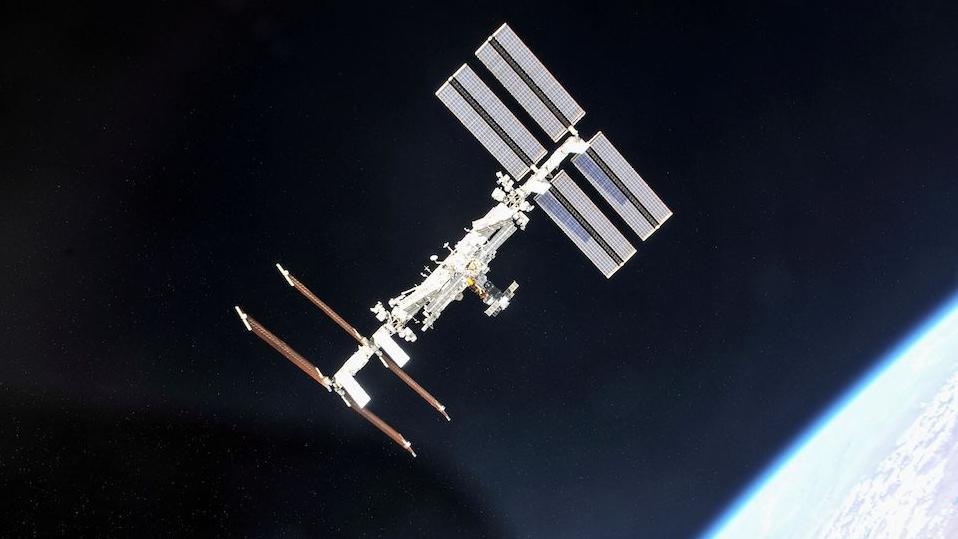
Different parts of the station have been built by different countries
Nasa has studied various options for how to take apart the space station safely.
These include using the younger parts in a next-generation platform. Another idea has been to give it to another business to run and maintain.
But these solutions have complications which come down to cost and also sorting out who owns what, as different countries have built different parts.
The first step in the current plan is to let the ISS begin to "decay" in its orbit. This means it will naturally get closer to the Earth due to the planet's gravitational pull.
After the last of the crew have left, the space tugboat will then execute the final de-orbit move.

This map by Nasa shows where the ISS will land
Details of the tugboat haven't been released yet. But SpaceX has been given up to £668 million to build the unmanned craft. Its job will be to safely guide the station into the atmosphere in the right place and at the right time.
Spacecraft coming back down to the Earth are aimed at a remote location in the Pacific known as Point Nemo. This is also known as the spacecraft cemetery.
This target is more than 2,500km from the nearest piece of land so any falling space objects won't be near any humans.
What space projects will be worked on next?
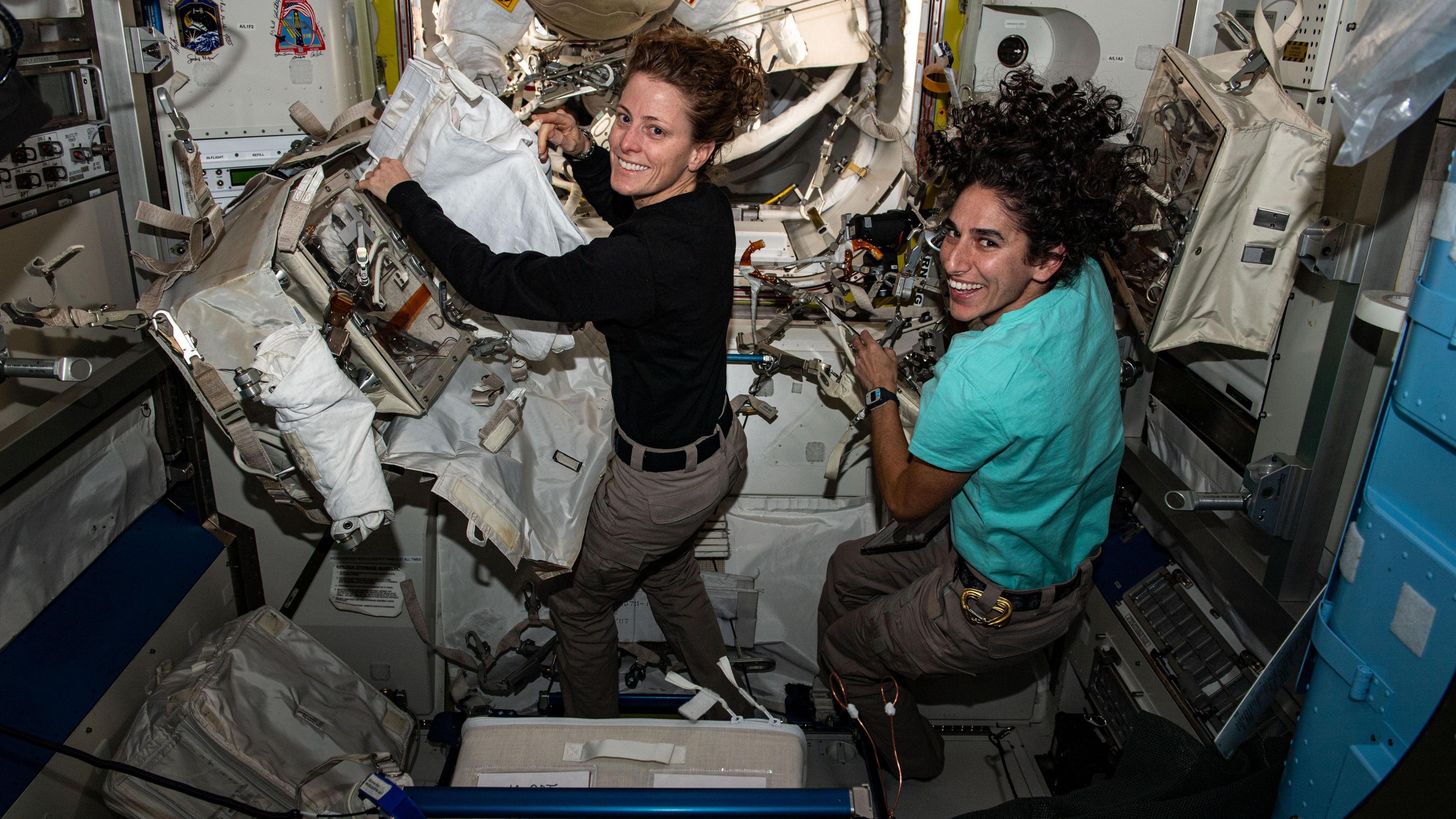
Astronauts will be turning their attention to new projects
Nasa hopes that a number of private companies will have started launching commercial space stations by the time the ISS is brought down.
The focus of the space agencies will shift to a project to build a platform called Gateway which will be a station that orbits the Moon.
More like this
- Published26 June 2024
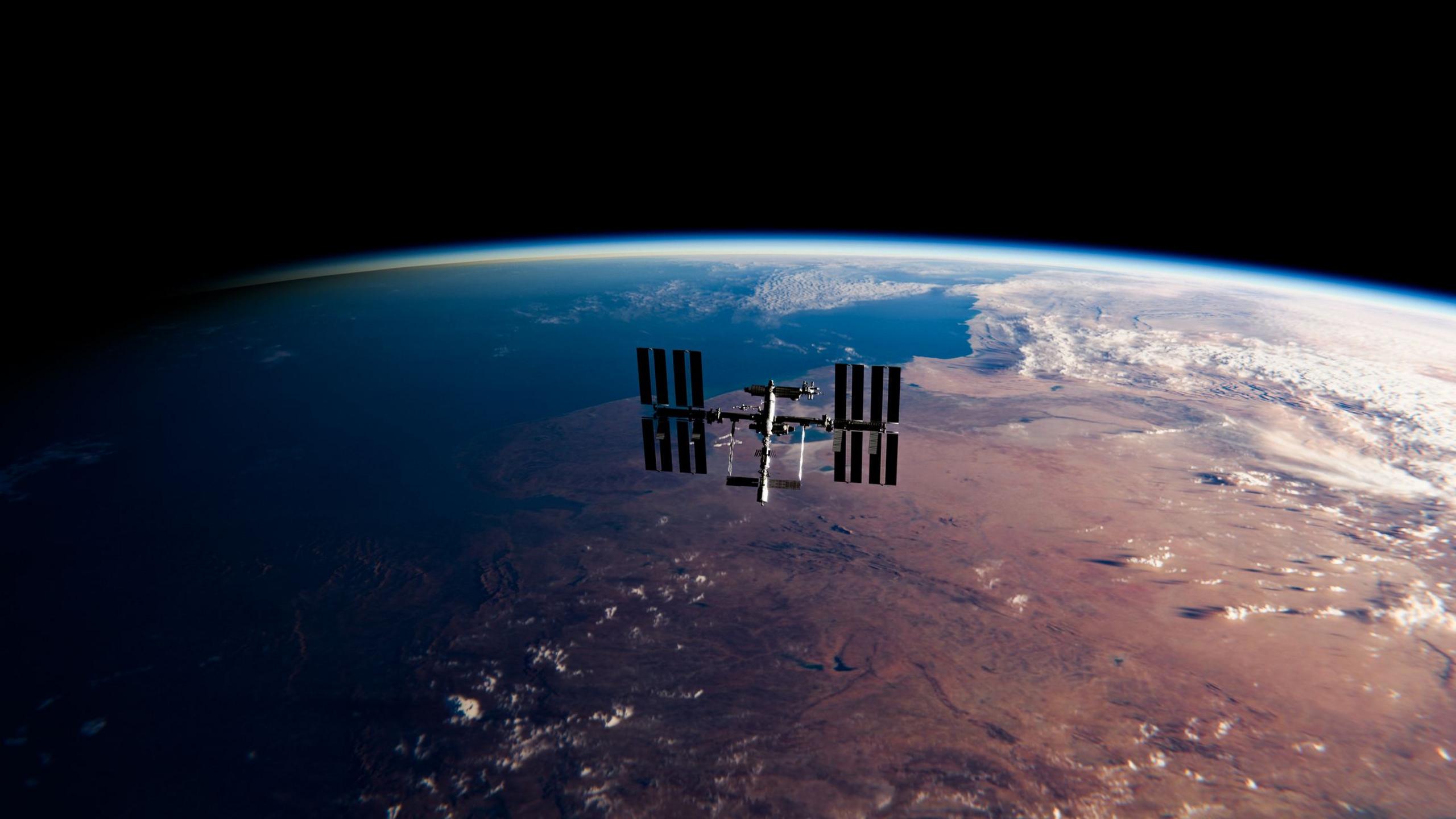
- Published6 June 2024
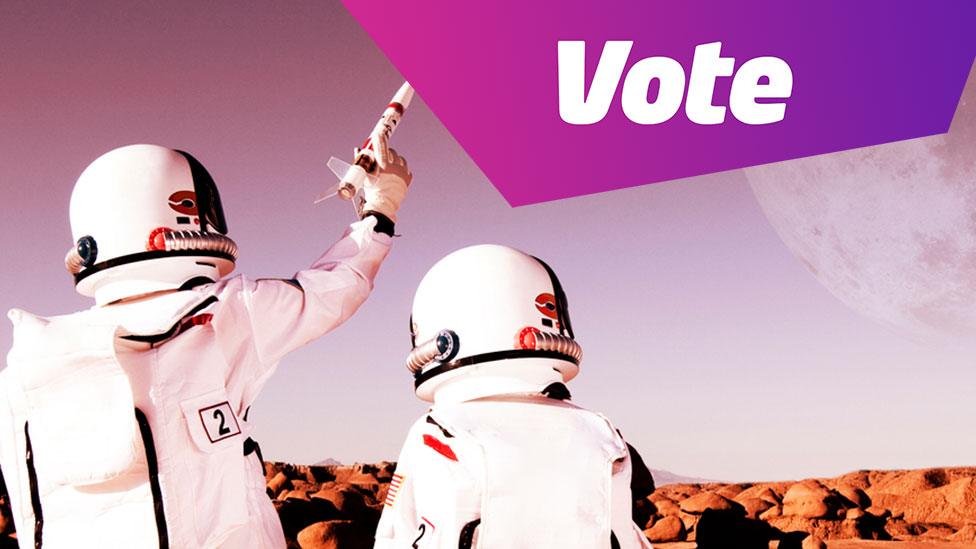
- Published13 February 2023
